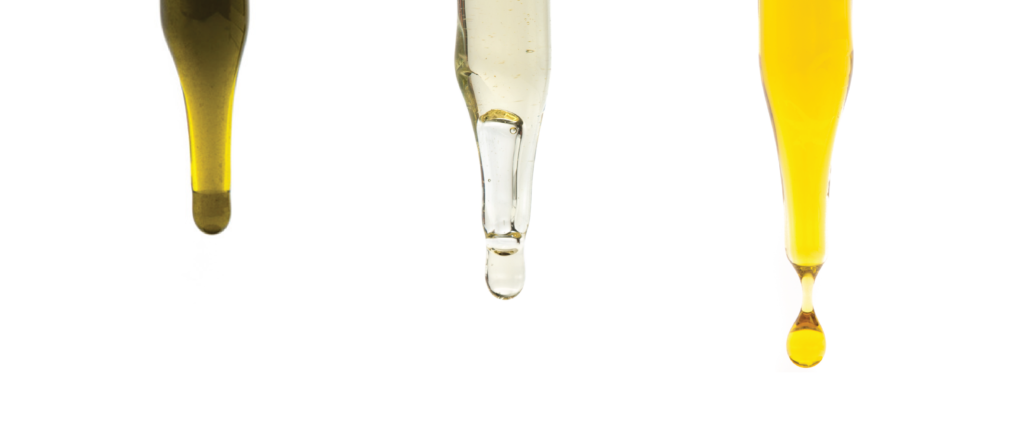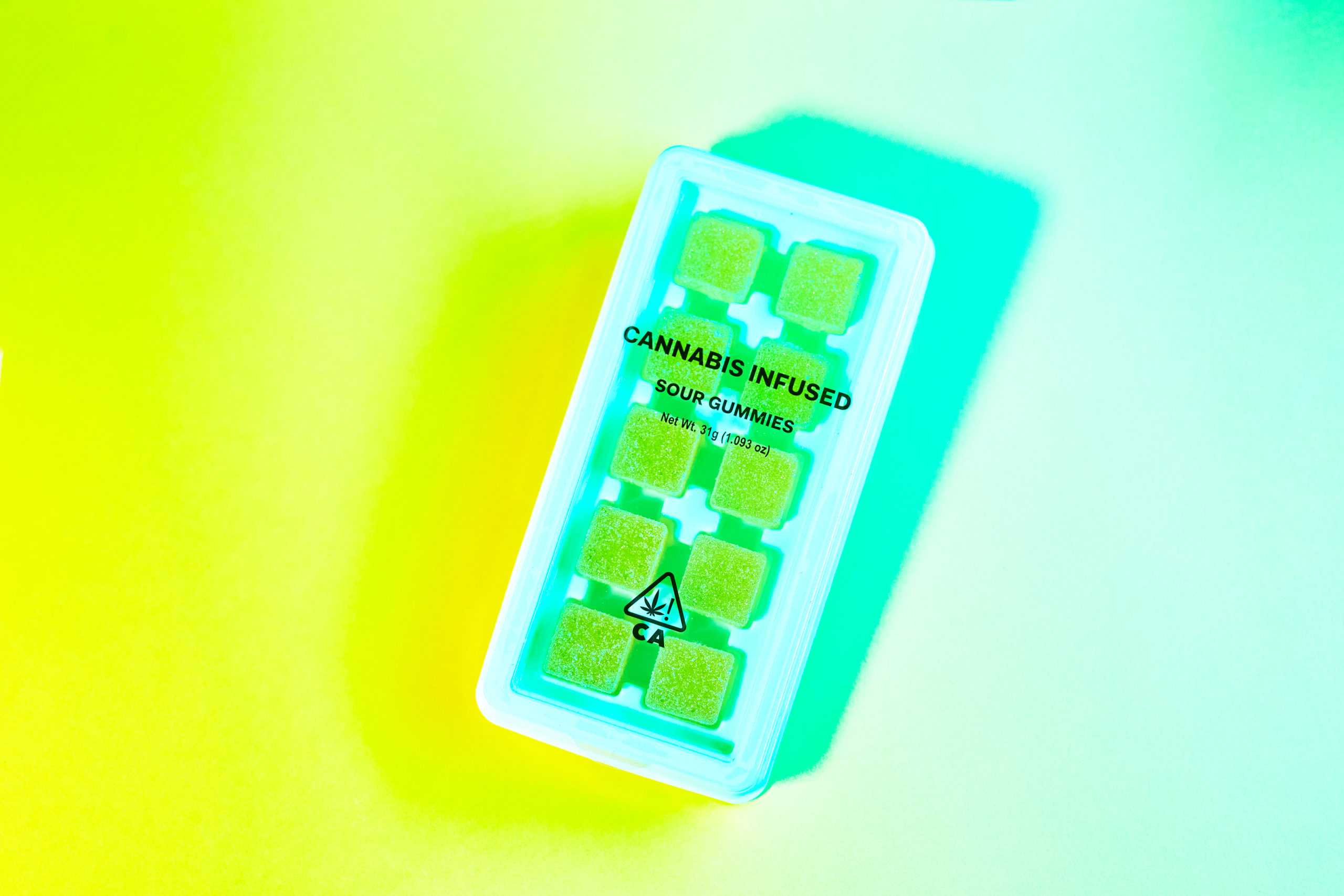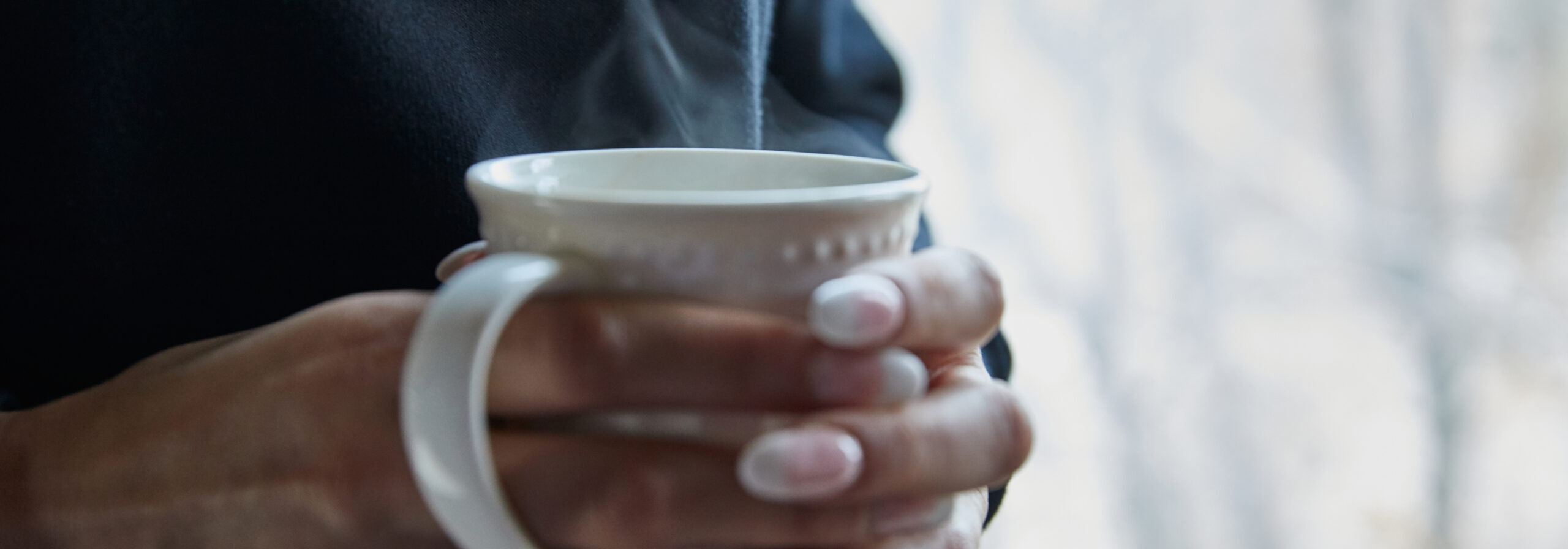Cannabis elixirs include tinctures and infused sodas, wines, and any beverage recipe that is infused with cannabis to bring out its medicinal and intoxicating effects. The body digests these infused beverages in much the same way that edibles are; the cannabinoids in a cannabis elixir enter the bloodstream through the stomach and liver, incurring a longer time before their effects are sensed by the brain. As with edibles, an elixir's intoxication can last between four 4 to six 6 hours.
Origin of cannabis elixirs
Cannabis tinctures — the predecessor of elixirs — were first introduced to the Western world in the mid-1800s by Dr. William O'Shaughnessy. In 1843, O'Shaughnessy, an Irish physician who lived and worked in India, published “On The Preparations of Indian Hemp, or Gunjah,” on the various medicinal benefits of cannabis, with numerous mentions of tinctures. O'Shaughnessy's writings on cannabis caused a significant increase in the popularity and use of cannabis tinctures, first in Britain and then throughout Europe and North America.
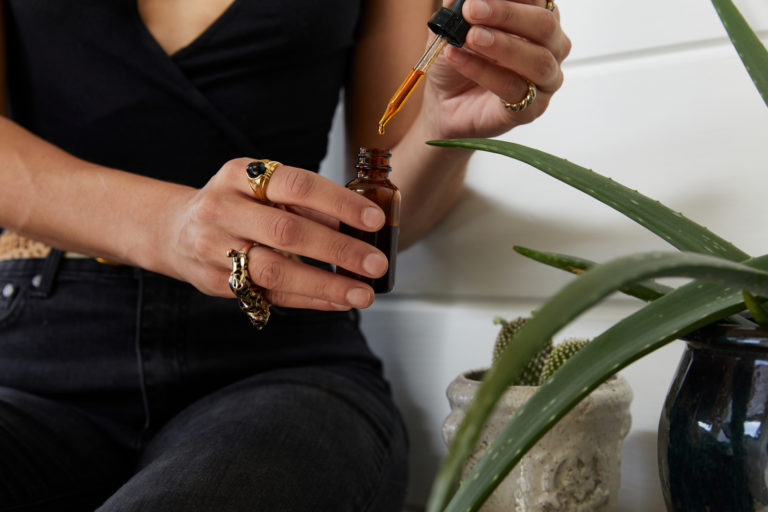 Photo by: Gina Coleman/Weedmaps
Photo by: Gina Coleman/WeedmapsImage lightbox

Cannabis was added to the United States Pharmacopeia, a comprehensive journal of approved medicinal drugs, in 1851. Back then, tinctures and elixirs were manufactured to treat such conditions as tonsillitis, sleep disorders, alcoholism, and even tetanus.
How to make a cannabis syrup for infused elixirs
Making a cannabis elixir by way of an infused syrup is relatively easy and can be kept for quite a bit of time if stored properly.
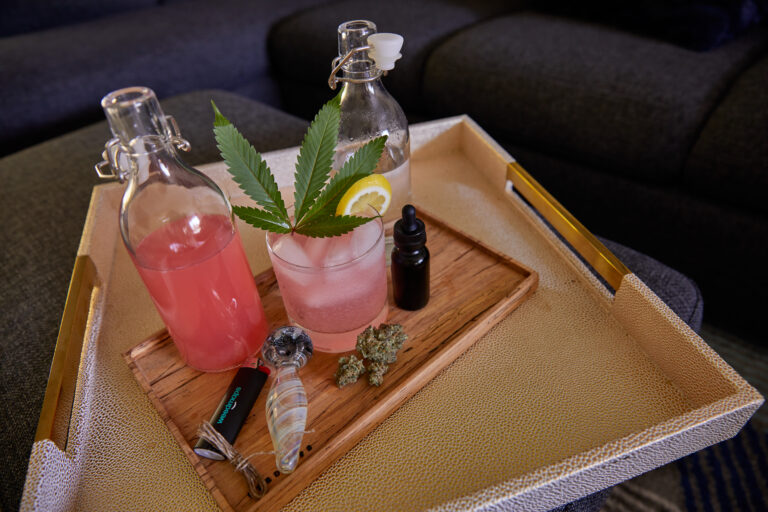 Photo by: Gina Coleman/Weedmaps
Photo by: Gina Coleman/WeedmapsImage lightbox

Here's how to make a sweet cannabis syrup:
Supplies
- Stovetop
- Small sauce pot
- Wood spoon
- Mesh strainer
- Glass jar
Ingredients
- 1 cup water
- 1 cup sugar
- Eighth (3.5 grams) of decarboxylated cannabis flower
- 2 Tbsp vegetable glycerin
- Optional: herbs and fruits for infusing the syrup - chamomile, lemon, lavender petals, etc.
Recipe
- Add water and sugar to the small sauce pot and turn the heat to medium-low. Let sit until sugar dissolves.
- Add decarboxylated cannabis flower and any other optional herbs to the pot and let simmer for about 20 - 30 minutes.
- Remove the pot from heat and add vegetable glycerin, stirring it lightly into the mixture — let sit for 5 minutes.
- Strain the flower from the liquid with the mesh strainer into your bottle or jar and let cool.
- Store in the fridge and use for up to two months.
What is the difference between tinctures and elixirs?
Elixirs can be any drinkable product that contains cannabinoids or cannabis-derived terpenes, but the main difference between tinctures and elixirs is how cannabis is dissolved.
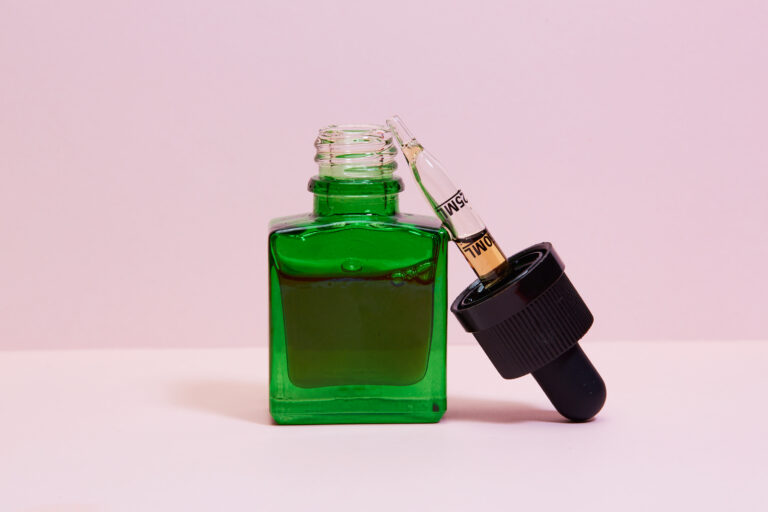 Photo by: Gina Coleman/Weedmaps
Photo by: Gina Coleman/WeedmapsImage lightbox

While a cannabis elixir can be made by dissolving cannabis in a variety of solutions, tinctures are a specific form of cannabis elixir that is made by dissolving cannabis in alcohol. Most elixirs that are not considered tinctures dissolve cannabinoids using syrup, which leads to a much thicker texture.
How to use a cannabis elixir
Technically, elixirs can be taken straight or used sublingually (under the tongue), just like a regular tincture. However, since elixirs are typically syrup-based and have a thicker texture, many consumers prefer to mix them into various liquids for consumption.
You can mix your elixir with any cold beverage, including sodas and sparkling water, and they're also a popular additive to coffee, tea, and other hot beverages. The syrupy texture makes elixirs a great substitute for plain honey, and for many people, mixing a cannabis elixir into another beverage is the preferred method for drinking cannabis.
Featured image by Gina Coleman/Weedmaps


